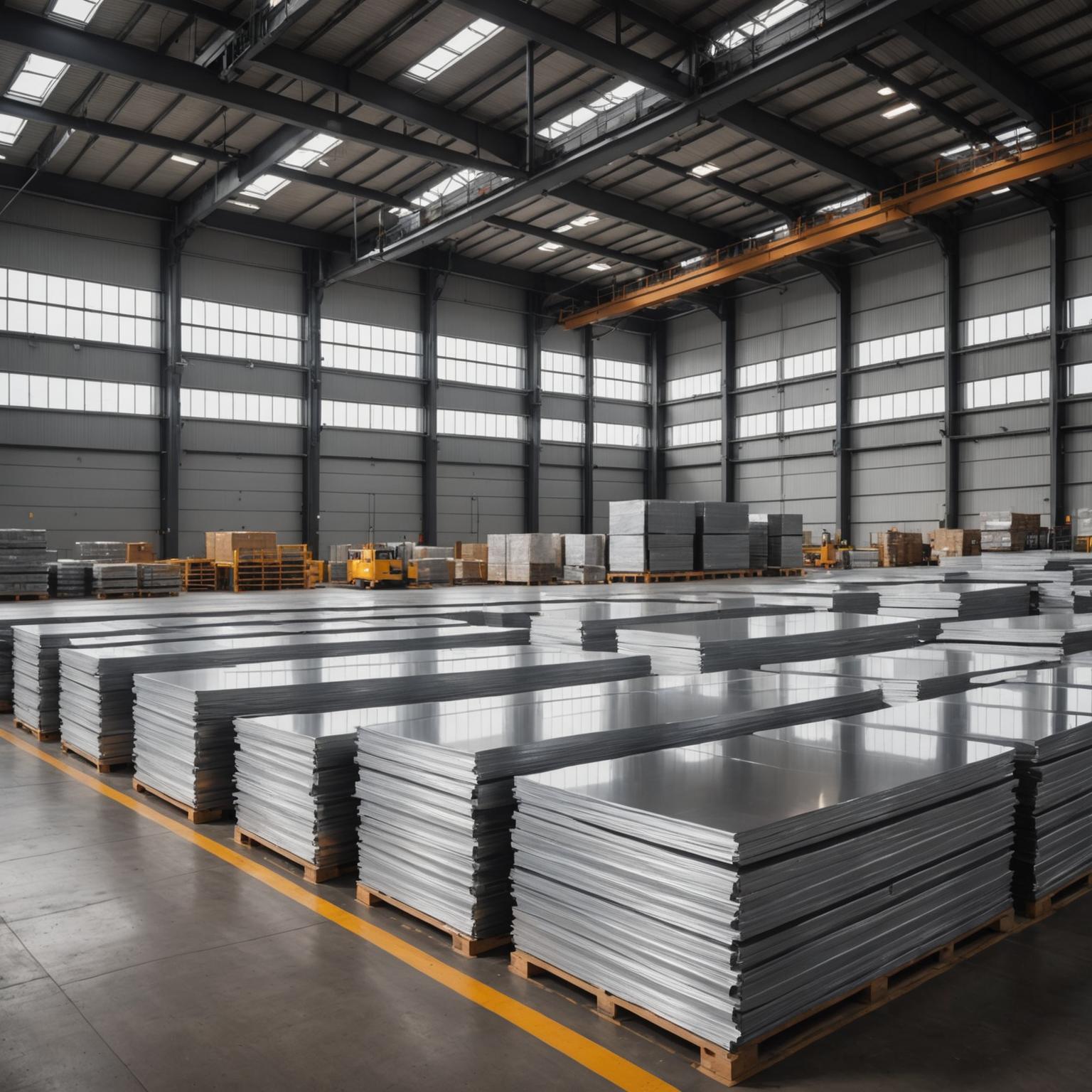Stainless steel is a cornerstone material in modern construction, design, and manufacturing, celebrated for its strength, corrosion resistance, and sleek aesthetic. However, the success of any project, from a residential kitchen remodel to large-scale architectural cladding, hinges on a critical decision. This guide will explore how to choose the right stainless steel sheet thickness to ensure your project not only looks exceptional but also performs flawlessly for years to come. Making an informed choice prevents common pitfalls like structural failure, premature wear, or unnecessary costs.
Understanding the Gauge System for Stainless Steel
Before diving into specific applications, it's essential to understand how stainless steel sheet thickness is measured. The industry standard is the gauge system, which can be counterintuitive at first. Unlike other measurement systems, a lower gauge number indicates a thicker sheet of metal, while a higher gauge number signifies a thinner sheet. For instance, a 12 gauge (12 ga) stainless steel sheet is significantly thicker and more robust than a 22 gauge (22 ga) sheet. This inverse relationship is the most important concept to grasp when specifying materials. Thickness can also be expressed in inches or millimeters, and conversion charts are widely available. A 16 gauge sheet, for example, is approximately 0.0625 inches or 1.5875 mm thick, making it a versatile mid-range option for many applications. A thinner 20 gauge sheet is about 0.0375 inches (0.9525 mm), suitable for lighter-duty needs. Understanding this system is the first step in selecting the appropriate material for your specific requirements.
Key Factors Influencing Your Thickness Choice
Several critical factors must be weighed to determine the ideal stainless steel sheet thickness for your project. The primary consideration is the structural requirement and load-bearing capacity. Will the sheet be used for a decorative wall panel, or will it serve as a heavy-duty work surface? For applications requiring structural integrity, such as countertops, shelving, or support brackets, a thicker, lower-gauge sheet (e.g., 14 or 16 gauge) is necessary to prevent bending, denting, and deformation under weight. Conversely, for purely cosmetic applications like a kitchen backsplash, appliance cover, or decorative trim, a thinner, higher-gauge sheet (e.g., 20 or 22 gauge) is often sufficient and more cost-effective. Another factor is fabrication and formability. Thinner sheets are much easier to cut, bend, and shape, making them ideal for intricate designs or components with complex curves. Thicker steel requires more powerful machinery and specialized techniques, which can increase fabrication time and costs. Always consider the complexity of your design in relation to the workability of the material.
Environmental Exposure and Aesthetic Goals
Your project's environment plays a significant role in determining the necessary stainless steel sheet thickness. While all stainless steel offers excellent corrosion resistance, thicker sheets provide an added layer of durability in harsh conditions. For outdoor installations, marine environments, or industrial settings with chemical exposure, a more substantial thickness can contribute to a longer service life. This works in tandem with the grade of steel, such as choosing a 316 grade over a 304 grade for superior corrosion protection. Aesthetics are also a key driver. A thicker sheet imparts a sense of quality and permanence. Furthermore, large, unsupported panels made from thin-gauge steel can be susceptible to a visual distortion known as 'oil canning,' where the surface appears wavy or rippled. Selecting a slightly thicker gauge or incorporating structural support can mitigate this effect, ensuring a perfectly smooth and premium finish. The final consideration is your budget. As steel is typically priced by weight, thickness is a direct driver of cost. A thicker sheet will always be more expensive. Therefore, it's crucial to strike a balance between performance requirements and budget constraints. Over-specifying the thickness leads to unnecessary expenditure, while under-specifying can compromise the project's integrity and longevity.
Common Applications and Suggested Thicknesses
To make the selection process easier, here is a practical guide to common applications and their generally recommended gauge ranges. For residential and commercial kitchen countertops and food preparation surfaces, 14 or 16 gauge is preferred for its durability and resistance to dents and heat. For a standard kitchen backsplash, a 18 or 20 gauge sheet provides a sleek look while being easy to clean and install. When it comes to architectural applications, the choice varies. Decorative interior wall panels can be as thin as 22 gauge, but for exterior cladding that must withstand wind and weather, a more robust 16 or 18 gauge is a safer choice. In the realm of industrial applications, heavy-duty workbenches, equipment housing, and chemical tanks often demand very thick steel, typically 12 or 14 gauge, to handle intense physical stress and impact. For automotive components, applications range from thin 22 gauge sheets for decorative interior trim to much thicker plates for structural frame parts.
Making the Final Decision
Choosing the right stainless steel sheet thickness is a decision that balances function, form, environment, and cost. By carefully evaluating the load-bearing needs, fabrication complexity, aesthetic goals, and budget for your project, you can confidently select a gauge that ensures both exceptional performance and timeless beauty. From the robust utility of a heavy-duty industrial surface to the sleek, metallic elegance of a modern architectural feature, the correct thickness is fundamental to achieving success. When in doubt, consulting with a material specialist can provide valuable insight, helping you elevate your project with unparalleled quality and sophistication. An informed choice here is an investment in durability, style, and the long-term integrity of your design.








